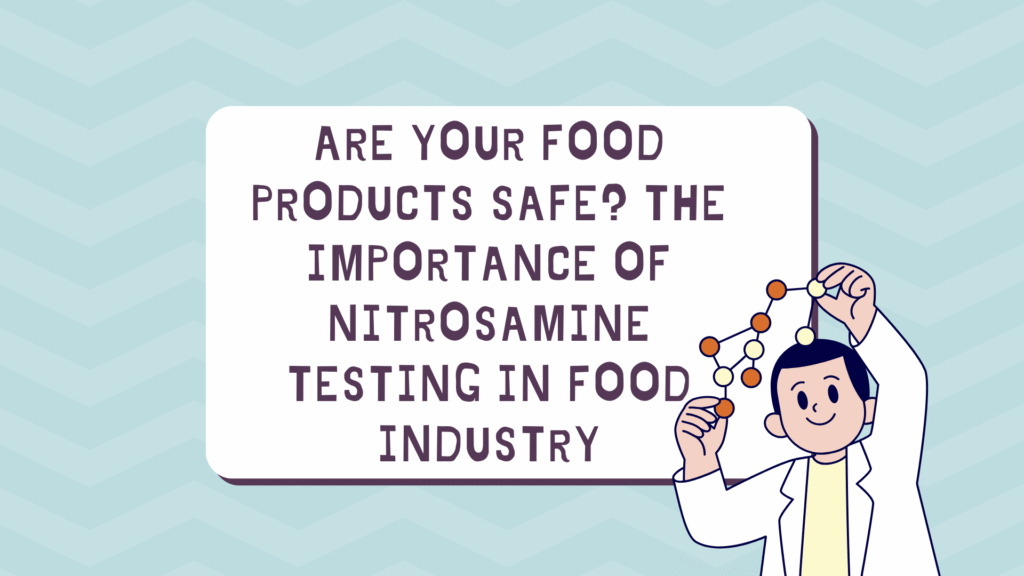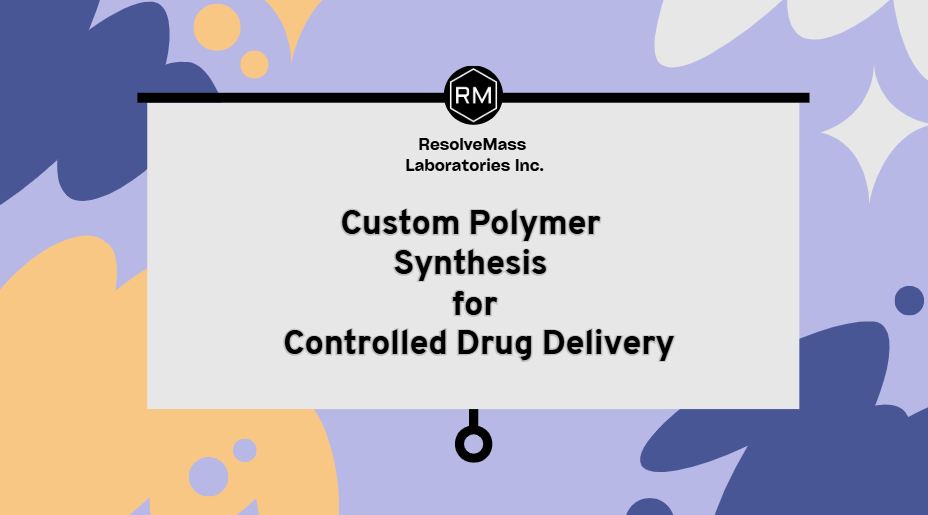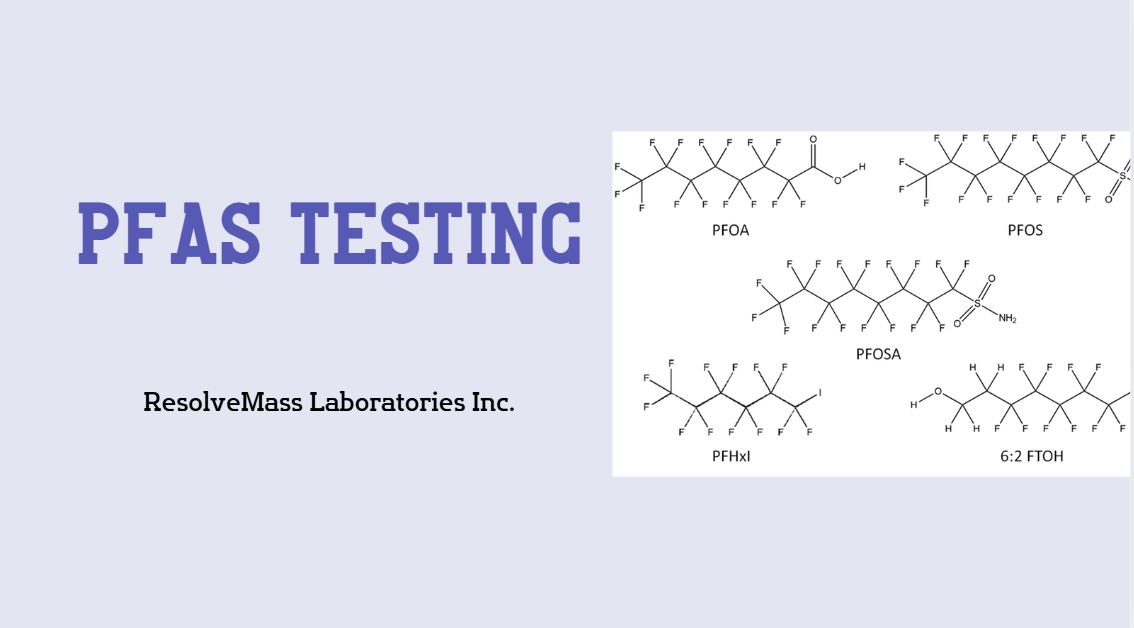
Food safety is paramount for both consumers and manufacturers. In today’s regulatory landscape, nitrosamine testing in food is no longer optional-it is a vital requirement to ensure public health, regulatory compliance, and brand integrity. ResolveMass Laboratories Inc. stands at the forefront of this mission, providing advanced nitrosamine analysis services to protect your products and reputation.
Understanding Nitrosamines: What Are They and Why Are They Dangerous?
Nitrosamines are chemical compounds formed when nitrites or nitrogen oxides react with amino-based substances, such as secondary amines, during food processing or preparation. These reactions commonly occur in cured meats, processed fish, beer, cheese, soy sauce, oils, and even some vegetables. The concern over nitrosamines is not trivial-ten nitrosamines found in food are classified as both carcinogenic and genotoxic, meaning they can cause cancer and damage DNA.
How Do Nitrosamines Enter Our Food?
- Through the use of nitrite preservatives in processed meats
- During high-temperature cooking (frying, grilling, smoking)
- In fermented or pickled foods
- Via environmental contamination during food production
Why Nitrosamine Testing in Food Is Critical for the Food Industry
Health Risks and Regulatory Pressure
The European Food Safety Authority (EFSA) and other regulatory bodies have raised alarms about nitrosamine exposure in all age groups, citing liver tumors in animal studies as a critical health effect. While regulatory limits are still evolving, the scientific consensus is clear: nitrosamine testing in food is essential for consumer protection and regulatory compliance.
Brand Protection and Consumer Trust
A single contamination incident can devastate consumer trust and lead to costly recalls. Proactive nitrosamine testing in food demonstrates your commitment to safety and quality, strengthening your brand’s reputation.
ResolveMass Laboratories Inc.: Your Partner for Nitrosamine Testing in Food
ResolveMass Laboratories Inc. specializes in advanced nitrosamine analysis using state-of-the-art LC-MS/MS and HRMS/MS technologies. Our team has extensive experience in regulated environments and offers comprehensive testing services for a wide range of food matrices, including meats, dairy, grains, and processed foods.
- High Sensitivity: Detects nitrosamines at low ng/g levels, meeting and exceeding regulatory requirements.
- Broad Coverage: Analysis of 10+ nitrosamine compounds in diverse food products.
- Accurate Results: Validated methods with high recovery rates (69%–123% across food types).
- Regulatory Expertise: Consulting on GMP/QA/USFDA audits and compliance.
Learn more about our nitrosamine analysis services:
ResolveMass Nitrosamine Analysis
Case Study: Nitrosamine Testing in Food Prevents Major Recall
Background:
A leading Canadian processed meat manufacturer approached ResolveMass Laboratories Inc. after routine internal checks suggested possible nitrosamine contamination in a batch of smoked sausages.
Testing Approach:
Our scientists employed LC-MS/MS to screen for the ten most concerning nitrosamines, including NDMA and NDEA. The batch was found to contain NDMA levels of 8 ng/g, exceeding the internal safety threshold of 5 ng/g.
Action Taken:
- The affected batch was isolated before reaching retailers.
- Root cause analysis identified a change in curing salt supplier as the source.
- The client implemented stricter supplier controls and increased testing frequency.
Outcome:
- No product recall was necessary, saving the company an estimated $2.5 million in direct costs and untold reputational damage.
- Consumer trust was maintained, and the company’s food safety program was strengthened.
This real-world example highlights the critical role of nitrosamine testing in food for risk mitigation and regulatory compliance.
How Nitrosamine Testing in Food Works at ResolveMass Laboratories Inc.
1. Sample Collection and Preparation
Food samples are collected and prepared using validated protocols to prevent contamination and ensure accurate results.
2. Advanced Analytical Techniques
Using LC-MS/MS and HRMS/MS, our laboratory can detect nitrosamines at extremely low concentrations, ensuring even trace amounts are identified68.
3. Comprehensive Reporting
Clients receive detailed reports with actionable insights, including regulatory thresholds, risk assessments, and recommendations for corrective actions.
4. Ongoing Support
Our experts provide consulting on mitigation strategies and compliance with evolving global standards.
Industries and Products That Require Nitrosamine Testing in Food
- Processed meats (sausages, bacon, ham)
- Fish and seafood products
- Dairy and cheese
- Grains and cereals
- Fermented and pickled foods
- Beverages (beer, non-alcoholic drinks)
- Oils and fats
FAQs: Nitrosamine Testing in Food
1. What are nitrosamines and why are they dangerous in food?
Nitrosamines are chemical compounds formed during food processing, particularly when nitrites react with amines. They are dangerous because many are carcinogenic and genotoxic, posing significant health risks even at low levels.
2. Which foods are most at risk for nitrosamine contamination?
Processed meats, smoked fish, cheese, soy sauce, and some fermented vegetables are among the most at-risk products due to the use of nitrites and high-temperature processing.
3. How does nitrosamine testing in food work?
Testing involves collecting food samples and analyzing them using advanced techniques like LC-MS/MS, which can detect nitrosamines at very low concentrations.
4. Are there regulatory limits for nitrosamines in food?
While there are no universal limits, some regions and companies set internal thresholds. Regulatory agencies are actively assessing the risks and may implement stricter limits in the future.
5. Why should food manufacturers invest in nitrosamine testing?
Regular testing helps prevent contamination, ensures regulatory compliance, protects consumers, and safeguards brand reputation.
6. How often should nitrosamine testing in food be conducted?
Frequency depends on the product type, processing methods, and regulatory requirements. High-risk products should be tested regularly, especially when suppliers or processes change.
7. What happens if nitrosamines are detected above safe levels?
Immediate action includes isolating affected batches, investigating the source, and implementing corrective measures. Early detection can prevent costly recalls and protect public health.
8. Can nitrosamine formation be prevented?
Yes, by controlling processing conditions, using alternative preservatives, and regular monitoring, manufacturers can minimize nitrosamine formation.
9. How does ResolveMass Laboratories Inc. ensure accuracy in nitrosamine testing?
We use validated analytical methods, state-of-the-art equipment, and experienced scientists to ensure precise, reliable results.
10. How can I arrange nitrosamine testing in food for my products?
Contact us through our website for a consultation and to schedule testing:
Contact ResolveMass Laboratories Inc.
Conclusion: Protect Your Brand with Nitrosamine Testing in Food
Nitrosamine testing in food is a critical safeguard for public health and brand integrity. With increasing regulatory scrutiny and consumer awareness, proactive testing is essential for every food manufacturer. ResolveMass Laboratories Inc. offers the expertise, technology, and reliability you need to ensure your products are safe and compliant.
Take the next step in food safety:
ResolveMass Nitrosamine Analysis
Contact us today for expert nitrosamine testing in food.
References
- “Risk assessment of N‐nitrosamines in food.” PMC – PubMed Central (2023). https://pmc.ncbi.nlm.nih.gov/articles/PMC10043641/
- “Sources of N-nitrosamine contamination in foods.” PubMed (1984). https://pubmed.ncbi.nlm.nih.gov/6388263/
- “Analysis of nitrosamines in food.” Eurofins Deutschland (2025). https://www.eurofins.de/food-analysis/food-news/food-testing-news/analysis-of-nitrosamines/
- “N-nitrosamines in processed meats: Exposure, formation and…” ScienceDirect (2023). https://www.sciencedirect.com/science/article/pii/S2666154323001527
- “Dietary intake and risk assessment of nitrosamine in processed meats.” Nature Scientific Reports (2025). https://www.nature.com/articles/s41598-024-84059-y
- “A comprehensive review of sources of nitrosamine contamination of…” ScienceDirect (2023). https://www.sciencedirect.com/science/article/abs/pii/S0273230023000235
- “Nitrosamines in food raise a health concern.” EFSA – European Union (2023). https://www.efsa.europa.eu/en/news/nitrosamines-food-raise-health-concern
- “Analytical Methodologies to Detect N-Nitrosamine Impurities in…” ACS Chemical Research in Toxicology (2024). https://pubs.acs.org/doi/10.1021/acs.chemrestox.4c00234

